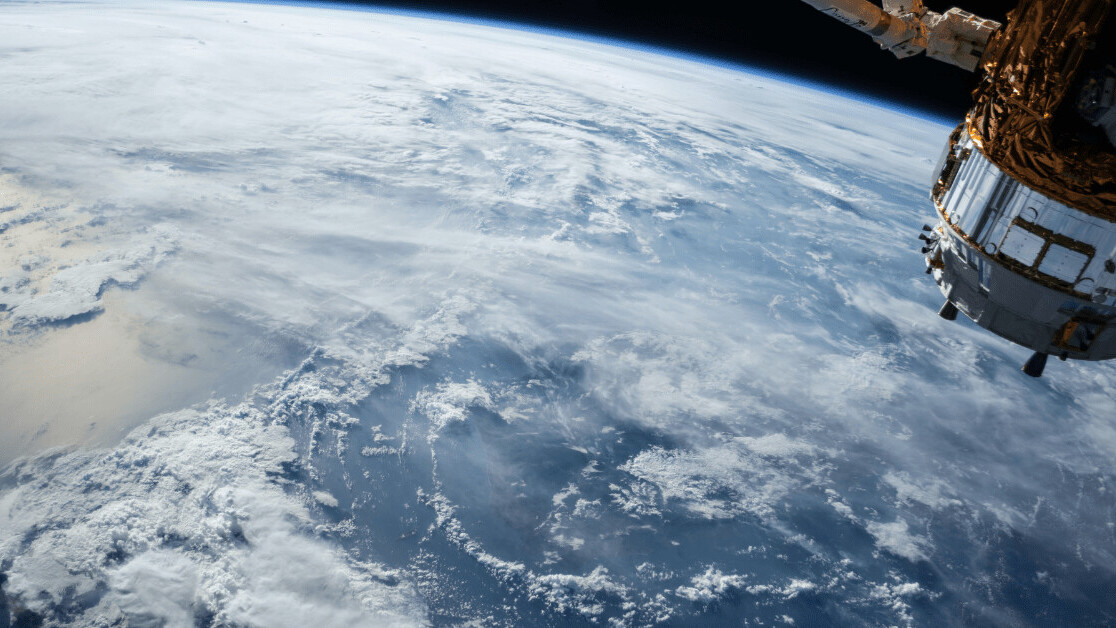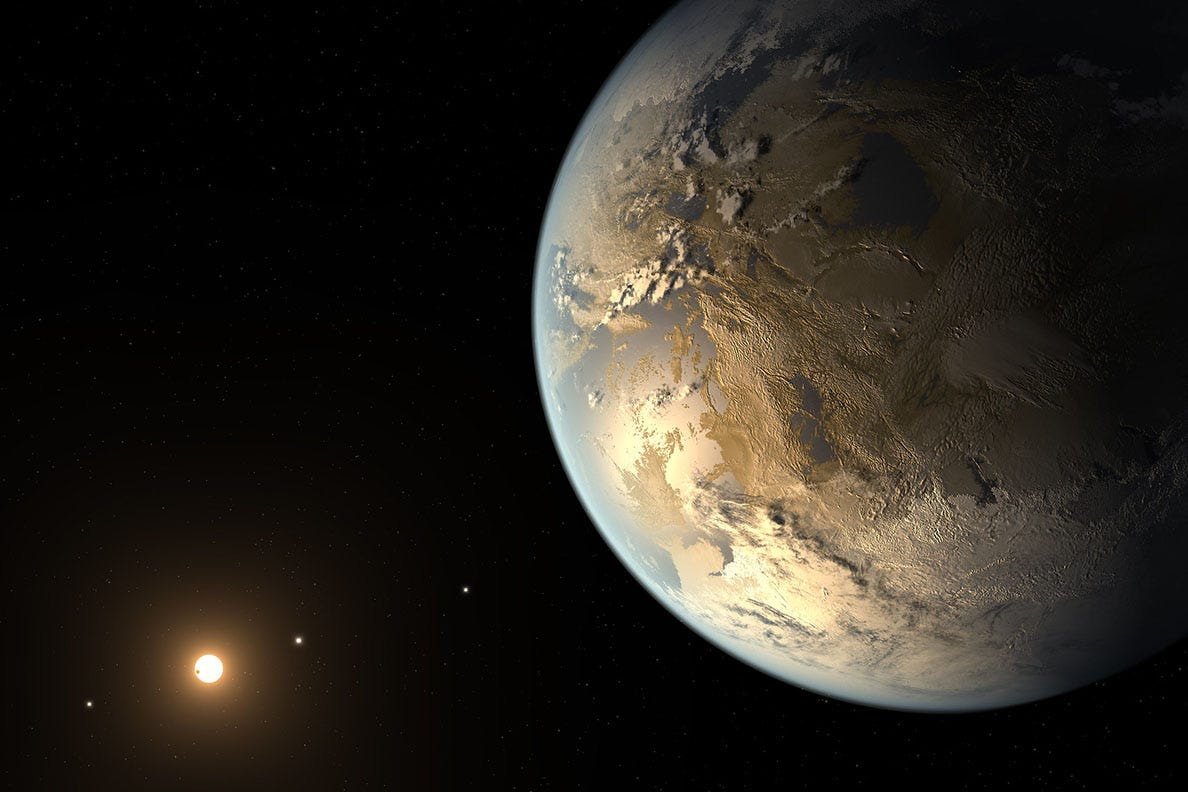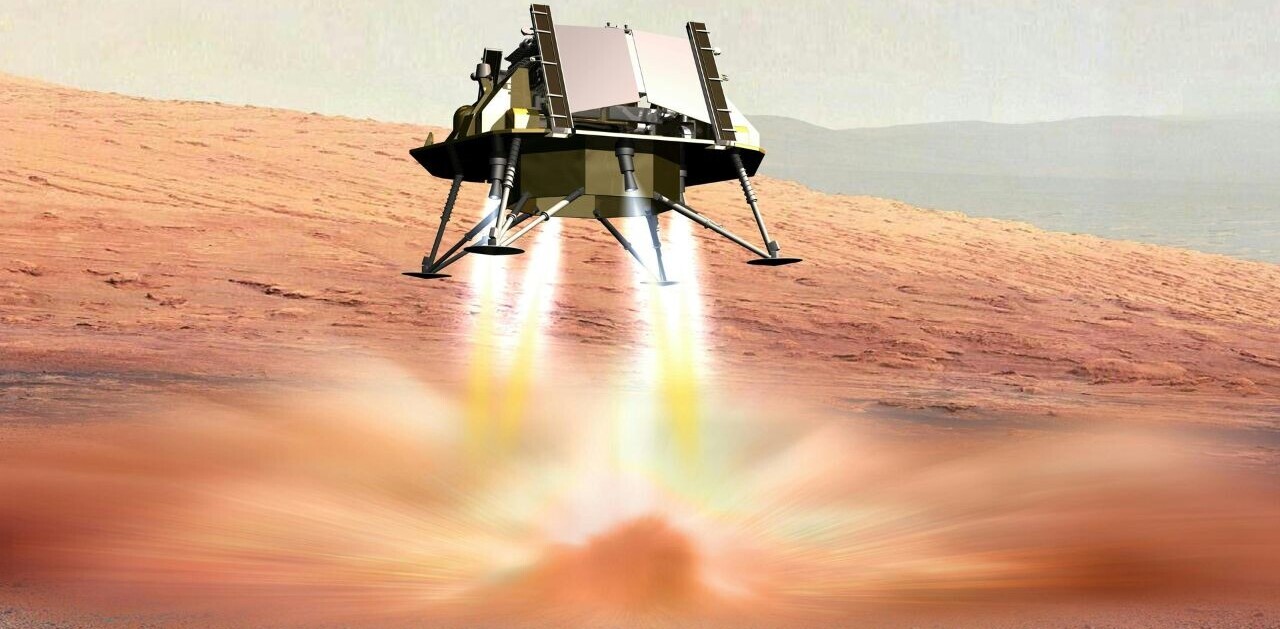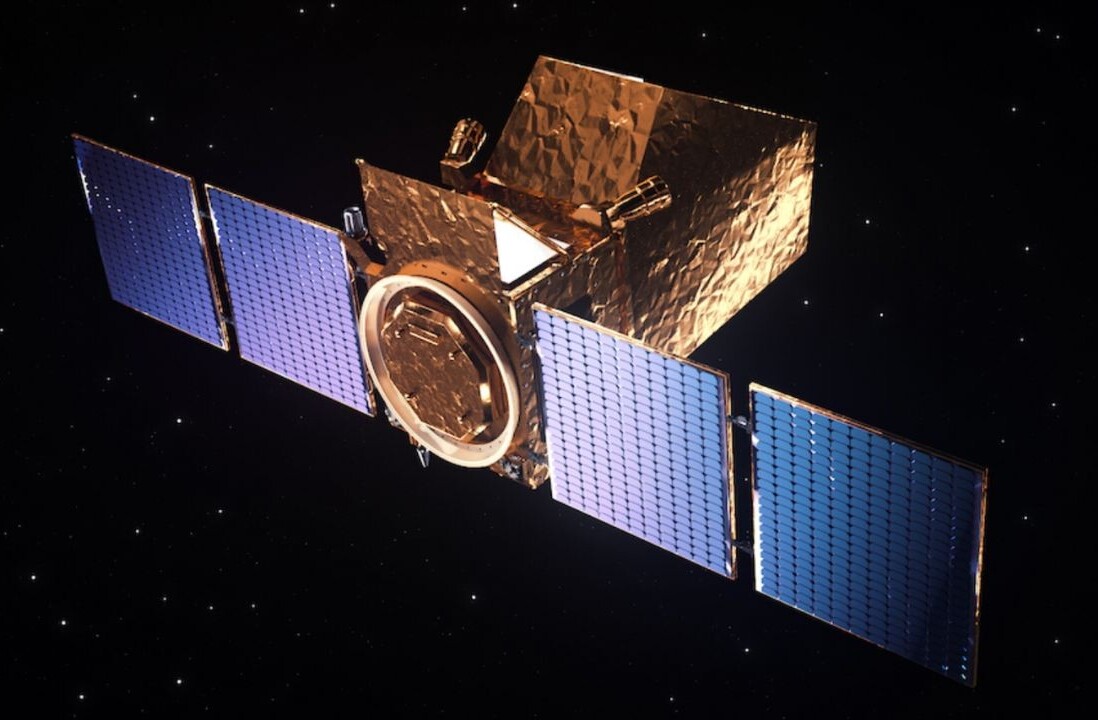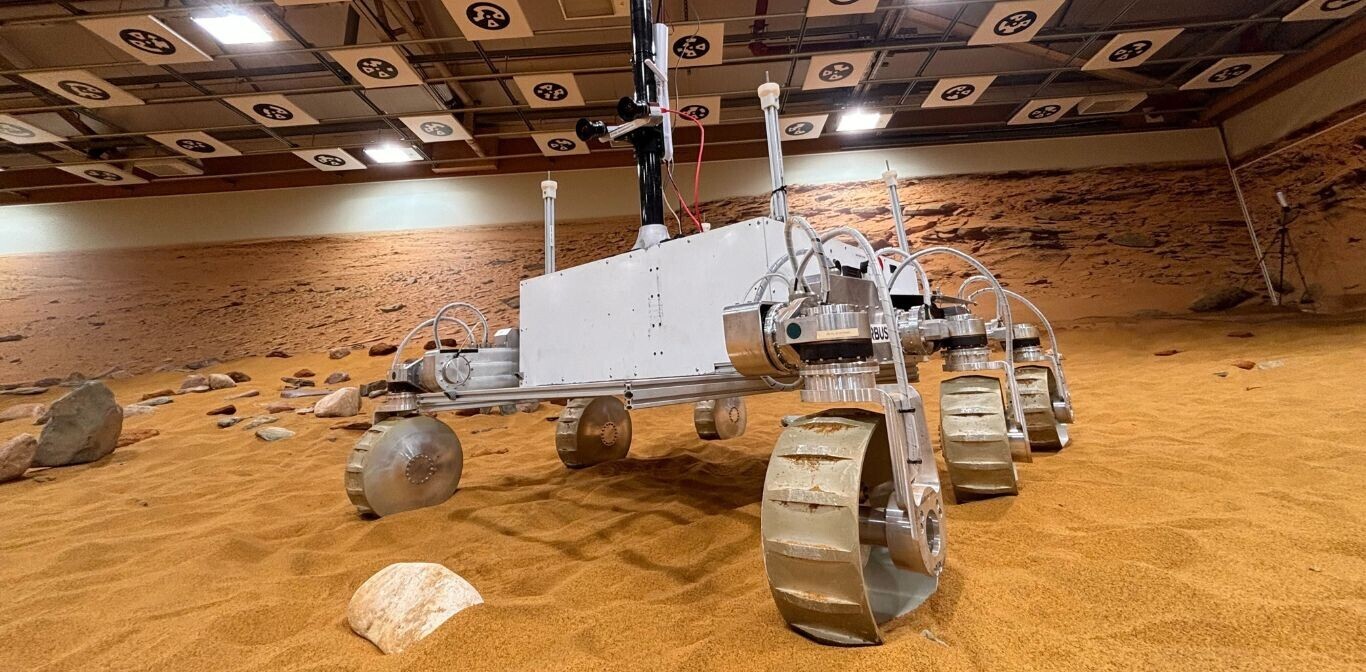Washington State University astronomers identified 24 planets around other suns which may be even more habitable than our own world. Some of these systems also contain stars — potentially — even friendlier to life than our Sun.
These superhabitable systems are generally warmer, wetter, larger and older than Earth. Stars with lifespans longer than the Sun would allow solar systems more time to develop life, researchers speculate. By cataloging superhabitable worlds, astronomers will know where to look in the search for extraterrestrial life.
“We have to focus on certain planets that have the most promising conditions for complex life. However, we have to be careful to not get stuck looking for a second Earth because there could be planets that might be more suitable for life than ours,” said Dirk Schulze-Makuch, a geobiologist at Washington State University.
Where to look? Where to look?
Researchers examined data from terrestrial exoplanets orbiting in the habitable zone around their stars, where temperatures allow liquid water to pool on their surface. Just a small percentage of the 4,500 exoplanets now known to orbit other stars are known to have conditions relatively friendly to life.
“Most important from the perspective of an observer searching for extrasolar life is that such a search might be executed most effectively with a focus on superhabitable planets instead of Earth-like planets. We argue that there could be regions of astrophysical parameter space of star-planet systems that could allow for planets to be even better for life than our Earth,” researchers describe in an article published in the journal Astrobiology.
Each of the planetary systems examined in this new study sit more than 100 light years from our family of planets.
It took nearly four billion years for complex lifeforms to develop, suggesting that longer-lived stars may be more likely to host planets awash in life. The Sun, and other G-type stars like it, live for about 10 billion years. This study also examined planets abound cooler, less-massive K-type stars, which exist for between 20 and 70 billion years, allowing plenty of time to life to develop.
However, extremely old planets cool all the way through to their core, reducing or eliminating the planetary magnetic field protecting those worlds from harmful radiation. This study suggests planets between five and eight billion years old may be likely worlds to target in the search for life.
Other characteristics of exoplanets affecting the possible development of life include the mass and size of a chosen world. This new study suggests exoplanets 10 percent larger than the Earth would develop more land area than our own world. A planet 50 percent more massive would hold onto its inner heat longer than Earth, retaining its magnetic field and atmosphere for significantly more time than our home world. The video below shows an interview with Dr. Natalie Hinkel of the Southwest Research Institute, discussing how phosphorous can be used to find exoplanets likely to have developed life.
Temperatures are also a critical factor when looking for life where life may have developed. Exoplanets averaging 20 Celsius (68 Fahrenheit) — slightly warmer than Earth — were found to be wetter, more humid, and even friendlier to life than the world we call home.
Over billions of years, the habitability of Earth has fluctuated over time. Mass extinction events were triggered, from time to time, by asteroid impacts, and the (possibly) even nearby supernova explosions.
An ideal world, researchers speculate, will balance conditions toward great biodiversity, with occasional struggles for survival to drive natural selection.
“However, not every superhabitable planet may produce intelligent life because these variations might have either been too small for life to advance toward higher complexity or too large for life to keep up and instead become extinct,” researchers speculate.
Keep looking, you’ll find it…
A time will come when men will stretch out their eyes. They should see planets like our Earth. ― Christopher Wren 1632–1723
In the coming years, the James Web Space Telescope, the LUVIOR space observatory, and the European Space Agency’s PLATO space telescope will all open their eyes, examining worlds around other suns in unprecedented detail.
Despite the imaginings of most science-fiction writers, the first signs of alien life are likely to come with the detection of chemical markers of life in the atmospheres of distant worlds. This is also the least conclusive way we might find extraterrestrial life, and is likely to lead to significant doubt among both researchers and the general public when the news is announced. The reaction is likely to be more like Contact and less like Close Encounters of the Third Kind.
It is also important to remember that even the most habitable of other worlds are likely to present significant challenges to life. Perfect temperatures could mean little if a world is inundated with sulfuric acid rain. So, enjoy our world — so far, it’s the only one we have.
This article was originally published on The Cosmic Companion by James Maynard, founder and publisher of The Cosmic Companion. He is a New England native turned desert rat in Tucson, where he lives with his lovely wife, Nicole, and Max the Cat. You can read this original piece here.
Astronomy News with The Cosmic Companion is also available as a weekly podcast, carried on all major podcast providers. Tune in every Tuesday for updates on the latest astronomy news, and interviews with astronomers and other researchers working to uncover the nature of the Universe.
Get the TNW newsletter
Get the most important tech news in your inbox each week.
